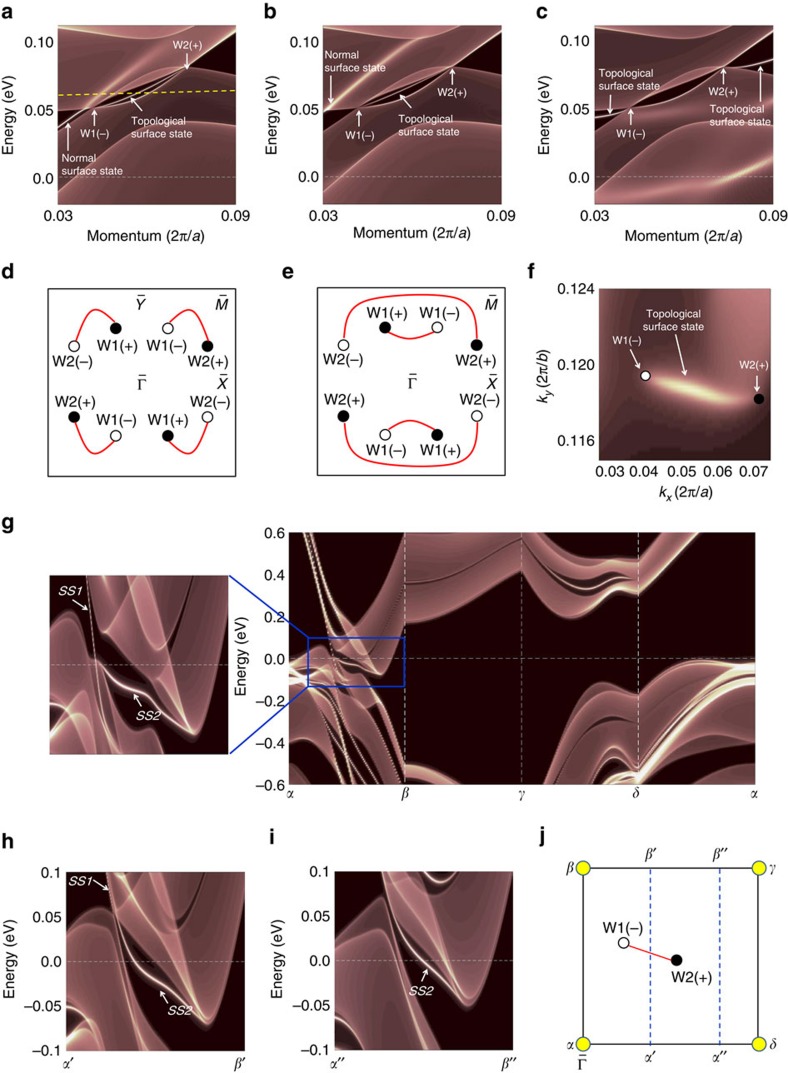Figure 3. Tunable Fermi arc length and interconnectivity in MoxW1−xTe2.
(a) Surface and bulk band structure of Mo0.2W0.8Te2 along the momentum space cut that goes through a direct panel of Weyl nodes, W1(−) and W2(+). A topological Fermi arc surface state connects the Weyl nodes W1 and W2. A normal surface state avoids the Weyl nodes and merges into the bulk band continuum. (b) Same as in a but with the surface on-site energy increased by 0.02 eV. (c) Same as in a but with the surface on-site energy decreased by 0.11 eV. (d) Schematic of Fermi arc connectivity pattern for a,b. (e) Schematic of Fermi arc connectivity pattern for c. (f) Surface band structure on a varying-energy (kx, ky) map. Specifically, we choose a different energy on each (kx, ky) point, so that the there are no bulk states at all kx, ky except at the locations of the eight Weyl nodes. This is possible because we know that the conduction and valence bands only cross at the eight Weyl nodes. (g) Surface and bulk band structure along the k—space trajectory α−β−γ−δ defined in j. (h,i) Surface and bulk band structure along the k—space trajectories α′−β′ and α′−β′ defined in j. (j) Schematic of a quadrant of the surface BZ, showing the k—space trajectories used in g–i.

